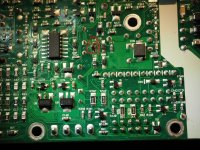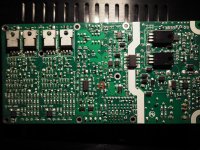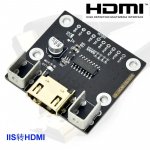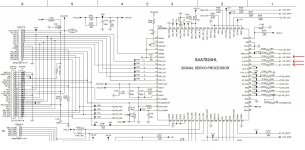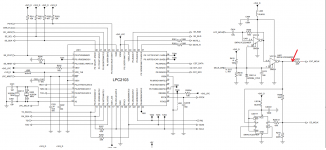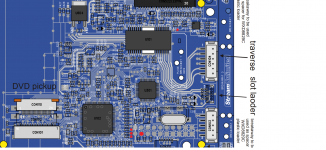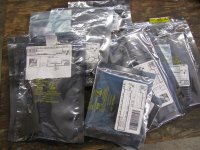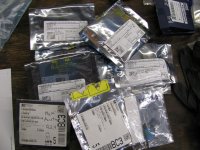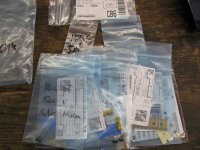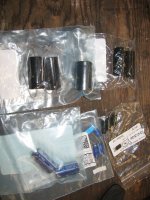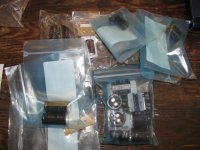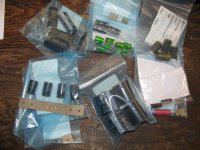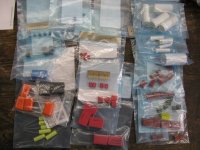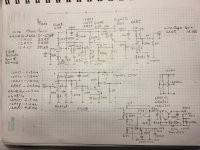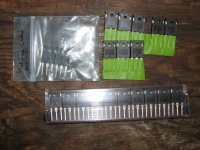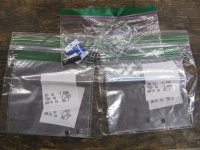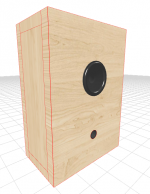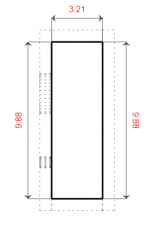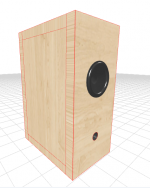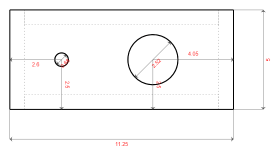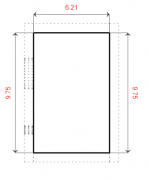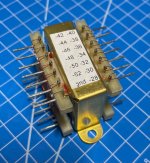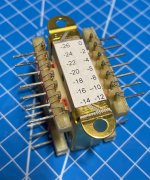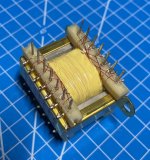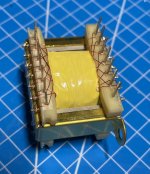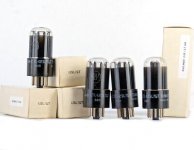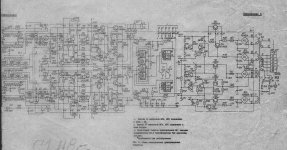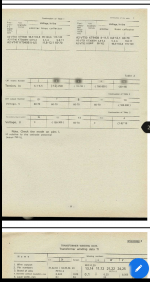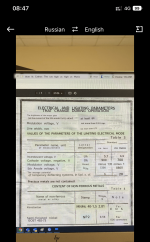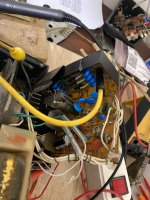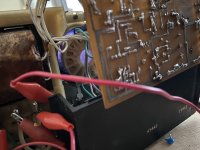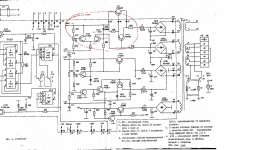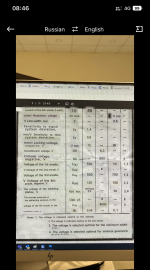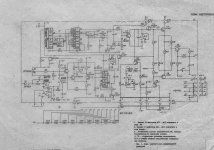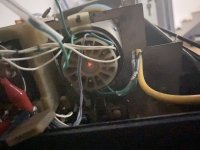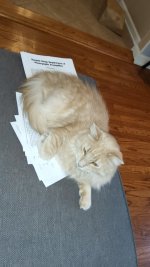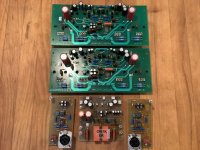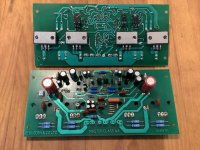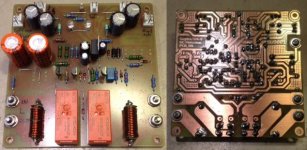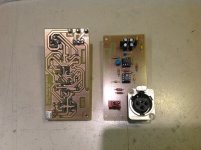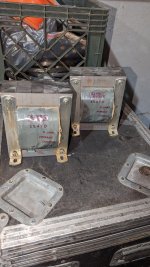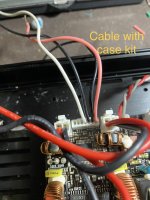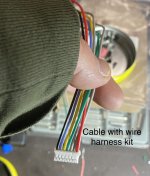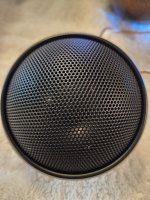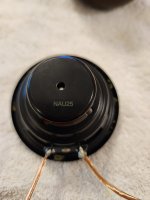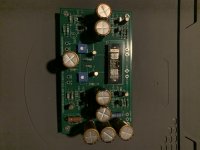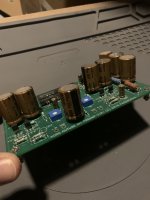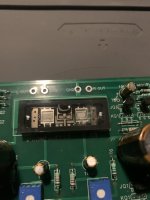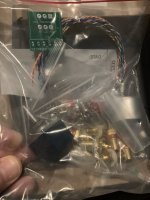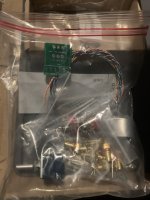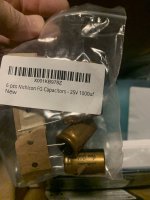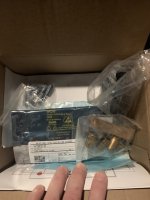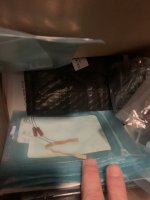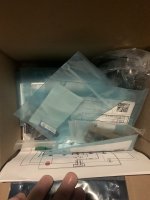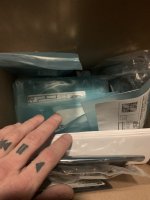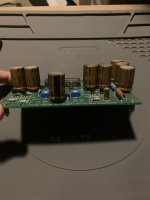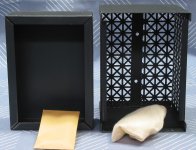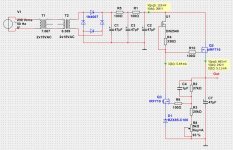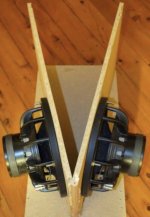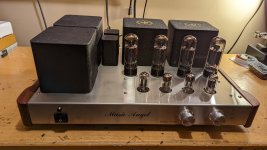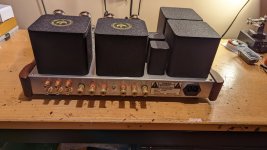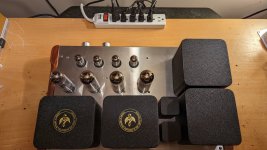Interest in a Soekris DAM1021 motherboard
- By atohmdiy
- Group Buys
- 4 Replies
Hello all,
A friend and myself want to build the rev.7 of the soekris dam1021, but there is not much option to get proper control for it, with screen and remote. So we are in discussion to build a board that include everything we need.
Thanks to Dimdim there is arduino code for a small oled panel that offer volume / source / filter controls. There was a GB here for this board, but it's long gone and Dimdim do not answer my solicitation.
Before continue i want to be clear that the goal of this topic is to judge interest on this, to see if a GB is possible and how many people are interested. My friend is a professionals electronics that is doing this on his free time, and he doesn't have much of it. So there is no warranty.
What we want to do :
Of course every suggestion is welcome.
Regards
A friend and myself want to build the rev.7 of the soekris dam1021, but there is not much option to get proper control for it, with screen and remote. So we are in discussion to build a board that include everything we need.
Thanks to Dimdim there is arduino code for a small oled panel that offer volume / source / filter controls. There was a GB here for this board, but it's long gone and Dimdim do not answer my solicitation.
Before continue i want to be clear that the goal of this topic is to judge interest on this, to see if a GB is possible and how many people are interested. My friend is a professionals electronics that is doing this on his free time, and he doesn't have much of it. So there is no warranty.
What we want to do :
- We target a small size case, i want Takachi uc20-5-14DD
- Arduino Nano with Oled Screen, isolated
- External PSU block / wall mount (meanwell)
- Ldovr external Low noise reg, lt3045/3097 in +-9v for the DAC, and probably another one in 5v for the usb board.
- JLsounds usb board connector plus SPDIF/Toslink. We hesitate between JLsounds pinout and Amanero pinout, because JLsounds has his board with Amanero compatible size and pinout.
- I want space on the PCB to use the universal buffer by neurochrome. Plus a jumper if you don't want to use it and use the integrated opa1678 buffer instead.
- An On/off switch control by the arduino.
- I don't know if we'll keep it fully balanced or keep using a single ended rca connectors. Space is limited, so please tell me.
- There is a discussion to integrate a usb to rs232 adapter, for easy firmware / filter upload.
Of course every suggestion is welcome.
Regards
